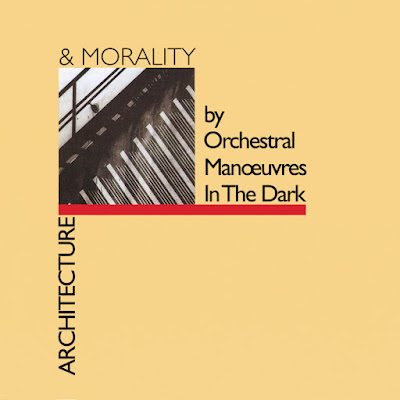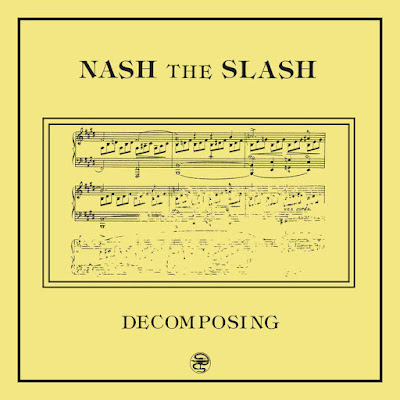November
27th marks the half century anniversary for the fourth album by the
Alice Cooper band, Killer, which was released 50 years ago on this day
in 1971. Produced by Bob Ezrin, the album would succeed in solidifying
Alice Cooper as one of the premier hard rock bands of the era.
After
spending the latter half of the 1960s floundering around, mostly in LA,
confusing the hell out of the hippies and generally being misunderstood
and ignored, the group relocated back to the mid-west, near Detroit,
where they found themselves with a much more sympathetic audience.
While they faltered on their first two albums, by the time they came out
with their surprise hit single, I’m Eighteen, and its accompanying
album, Love it To Death, they’d secured a solid relationship with
young-gun producer Ezrin and the financial support of Warner Bros.
Records. Ezrin weened them off their meandering psychedelic tendencies
and pushed them into a much more concise, sharper hard rock sound and
worked their asses off until their songwriting was tightened up enough
to make them reliable chart contenders.
Killer is a fully
realized representation of Alice Cooper as a band and features some of
their most memorable songs. Both the album and its two singles charted
respectfully, though not quite as high as I’m Eighteen or the hits that
would come after like School’s Out from their follow-up album, but that
doesn’t take away from the vitality of Killer nor its ability to deliver
a blistering, catchy riff. In the arena of ’70s hard rock and
proto-metal, it sits in the top range of classic albums. It certainly
belongs on the list of “must have” records by the band or even Alice
Cooper as a solo artist after their 1975 breakup. It even has one of
the band’s more controversial songs in Dead Babies, though that
controversy is entirely misplaced as any cursory examination of the
lyrics will show it’s clearly AGAINST child abuse, but that didn’t stop
desperate fretting parents from wringing their hands in dismay!
The
album would garner predominantly strong critical reactions and many of
its songs became live concert staples for both the band and throughout
Alice’s solo career and also feature heavily in many of the his/their
career retrospective compilations that have been released over the
years. It’s classic rock in all the best ways. Even Johnny Rotten
considered it one of the best rock albums ever released!










